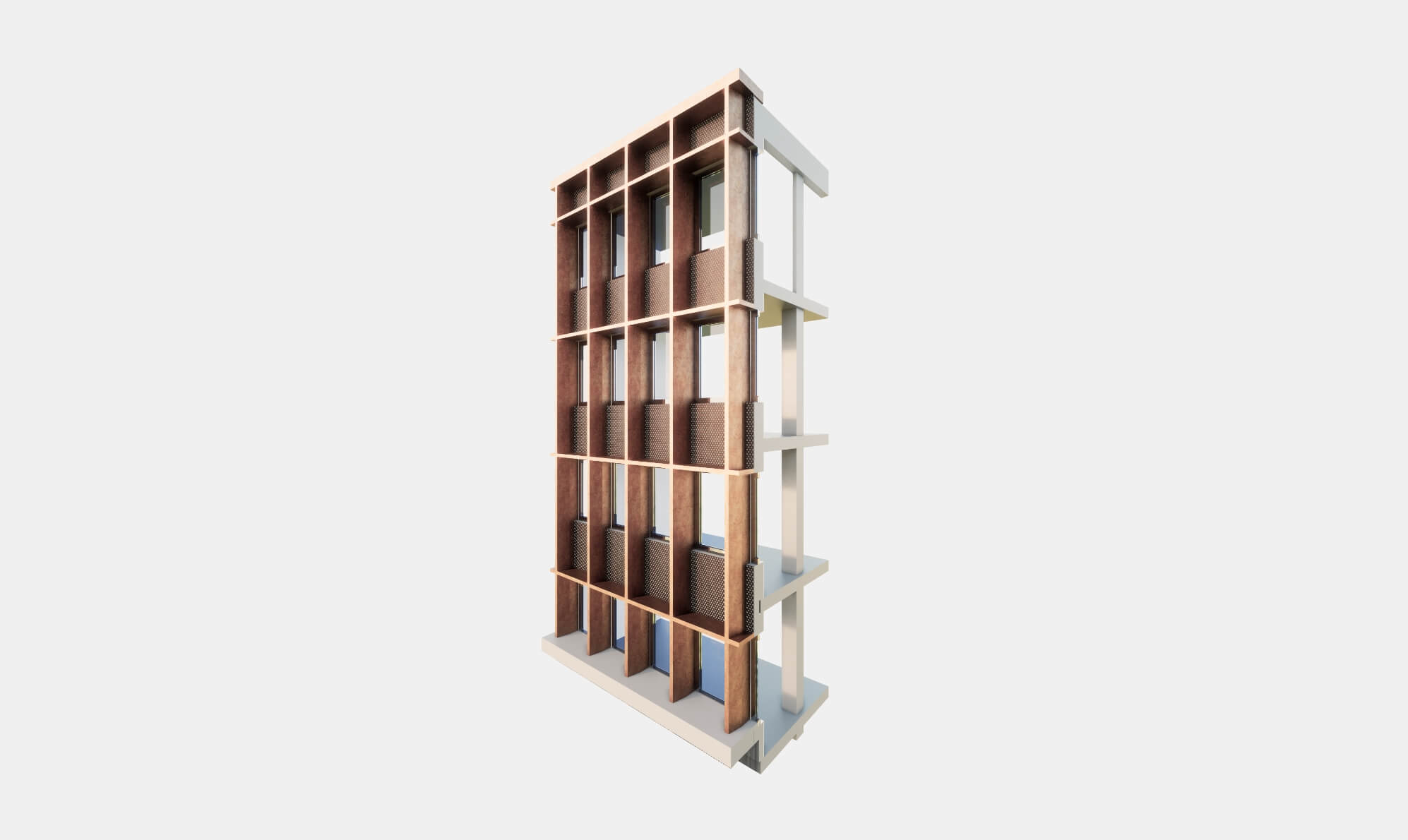Ryder is committed to becoming net zero carbon (NZC) through reductions in its emissions in line with the Science Based Target initiative (SBTi). To support our goal, decisive thought leadership and innovative decision making will help sustainability and positive environmental impacts necessary to keep our built and natural environments healthy and efficient in years to come.


Climate fracturing is fundamentally changing the way we do business, design spaces, create places, build infrastructure, and deliver buildings. With the skills and knowledge, we recognise the journey for change. From strategic guidance and computational modelling to real world monitoring and measuring, we continue to deliver scenario based decision support and guidance to ensure that our sustainability mission is covered in all aspects of operational energy, embodied carbon, sustainable communities, alongside outdoor and indoor comfort.


Steven Ford
Associate

Adam James
Principal

Grant Sellars
Architectural Director